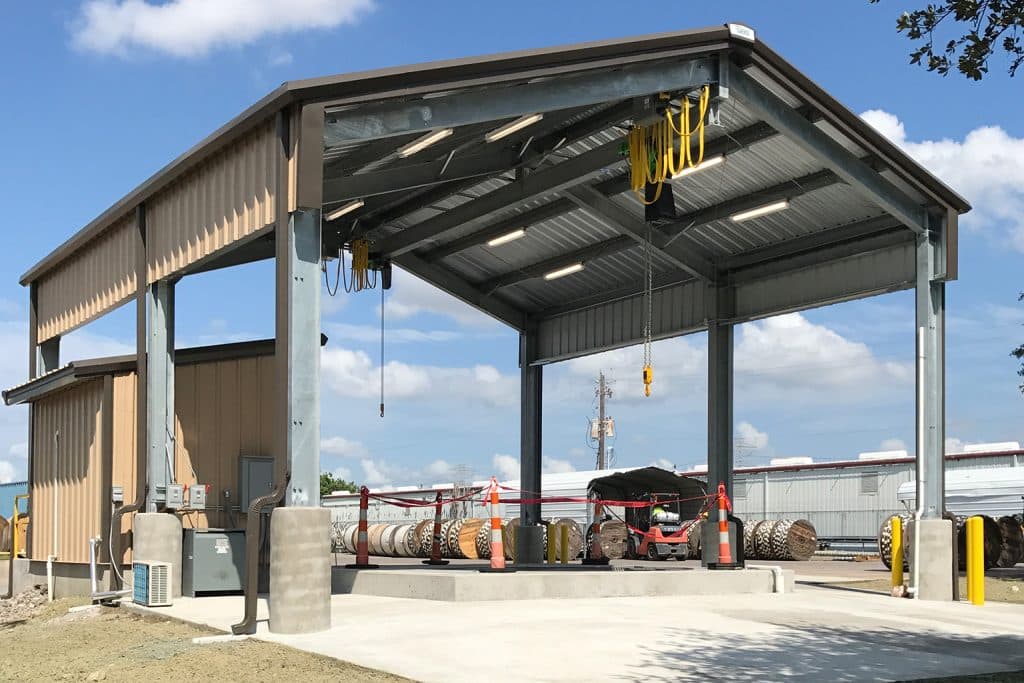Interior construction is a fascinating blend of creativity and practicality. It involves transforming empty spaces into functional and aesthetically pleasing environments. From residential homes to commercial buildings, interior construction plays a crucial role in enhancing the overall look and feel of a space.
The art of interior construction encompasses a wide range of skills and techniques. It starts with understanding the client's vision and requirements. This involves conducting thorough consultations and site visits to gather information about the space and its intended purpose. From there, designers and construction professionals work together to create detailed plans and sketches that bring the vision to life.
One of the primary goals of interior construction is to maximize the use of space. Skilled professionals know how to optimize layouts to ensure efficient use of every square foot. They consider factors such as traffic flow, functionality, and accessibility to create spaces that are both practical and visually appealing.
Interior construction also involves selecting and installing various materials and finishes. From flooring and wall coverings to lighting fixtures and furniture, every element contributes to the overall ambiance of the space. Professionals are well-versed in the latest trends and technologies, allowing them to create modern and stylish environments.
While aesthetics are important, interior construction also focuses on functionality and durability. Professionals understand the importance of selecting materials and finishes that can withstand daily wear and tear. This includes choosing durable flooring options, stain-resistant fabrics, and high-quality paints and coatings that can withstand frequent cleaning and usage.
Another crucial aspect of interior construction is ensuring compliance with building codes and regulations. Professionals are well-versed in these requirements and ensure that all safety and accessibility standards are met. This includes considerations such as proper lighting, ventilation, and fire safety measures.
Interior construction projects can vary in scale, from small residential renovations to large commercial developments. Regardless of the size, successful projects require effective project management and coordination. Professionals work closely with architects, contractors, and other stakeholders to ensure smooth workflow, timely completion, and adherence to the budget.
Great attention to detail is crucial in interior construction. From precise measurements to flawless execution, every aspect of the project requires meticulous planning and execution. Professionals pay close attention to the smallest details, ensuring that every element is aligned and installed to perfection.
As spaces continue to evolve, so does the art of interior construction. With advancements in technology, professionals now have access to innovative tools and software that aid in the design and construction process. 3D modeling and virtual reality allow clients to visualize the final result before any work begins, ensuring complete satisfaction.
In conclusion, interior construction is an art form that transforms empty spaces into functional, beautiful, and safe environments. It requires a blend of creativity, technical knowledge, and project management skills to bring a vision to life. Whether it's a residential project or a commercial development, the art of interior construction plays a vital role in shaping our living and working spaces.
